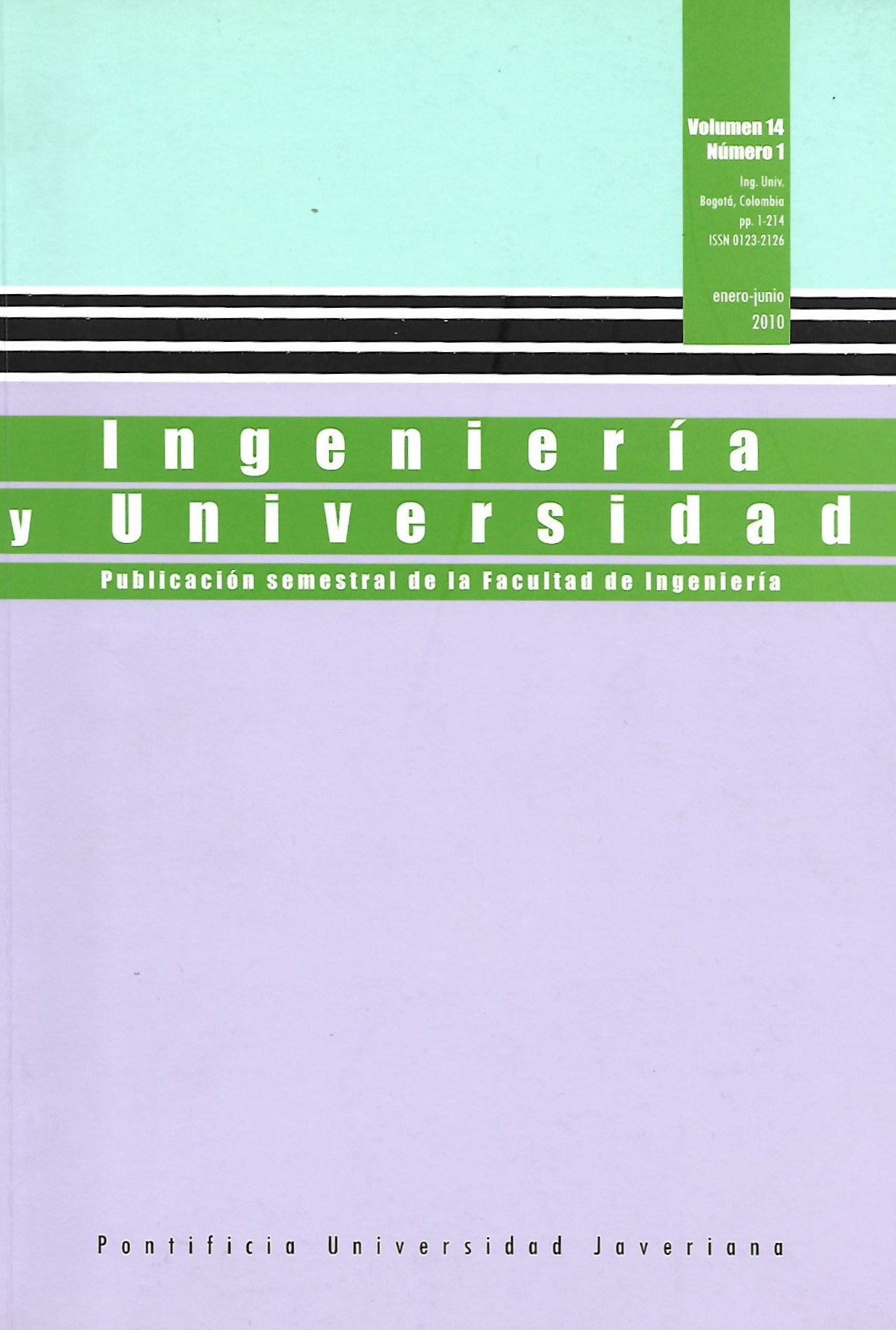Abstract
The purpose of this study is to design and implement a play activity which simulates a multi-project production system through both the traditional and the TOC production methods in order to manage multitasking environments in the Industrial Engineering Program at Cordoba University. The study also intends to determine the impact of play activity tools on students’ academic performance concerning the topic stated above. A quasi-experimental design with pretest, post-test and control group was used. The most important conclusion is that the tools mentioned have a positive effect on academic performance, since the experiment group performed better than the control group.
BISSON, C. y LUCKNER, J. Computer games: Increase learning in an interactive multidisciplinary environment. Journal of Educational Technology Systems, 1996, vol. 24, núm. 2, pp. 195-205.
BOURAS, V. et al. Juego basado en el aprendizaje utilizando las tecnologías web. Diario de Inteligente y Juegos Simulación, 2004, vol. 3, núm. 2, pp. 67-84.
CASTEJÓN, J. L. Determinantes del rendimiento académico de los estudiantes y de los centros educativos: modelos y factores. Alicante: Editorial Club Universitario, 1996.
DICKEY, D. M. Diseño del juego y el aprendizaje: un análisis de la forma conjetural masivo en línea de múltiples juegos de rol (MMORPG) favorecer la motivación intrínseca. Investigación de Tecnología Educativa y el Desarrollo, 2007, vol. 55, núm. 3, pp. 253-273.
GONZÁLEZ FERNÁNDEZ, D. Procesos inexplicables. Revista Aula Abierta, 1975, vol. 11, p. 12.
HERNÁNDEZ, S. et al. Metodología de la investigación. 3a. ed. México: McGraw-Hill, 2004.
KAFAI, Y. The educational potential of electronic games: From games-to-teach to games-to-learn [documento en línea]. Chicago: University of Chicago, 2001. <http://culturalpolicy.uchicago.edu/conf2001/papers/kafai.html> [Consulta: 27-08-07].
MALONE, T. What makes things fun to learn?: heuristics for designing instructional computer games. Proceedings of the 3rd ACM SIGSMALL Symposium and the 1st SIGPC Symposium, Palo Alto, California, United States, 1980, pp. 162-169.
OBLINGER, D. The next generation of educational engagement. Journal of Interactive Media in Education, 2004, vol. 8, pp. 1-18.
POOLE, S. Trigger happy, videogames and the entertainment revolution. New York: Arcade Publishing, 2000.
PRENSKY, M. Digital natives, digital immigrants [document en línea]. On the Horizon, October 2001, vol. 9, núm. 5. <http://www.marcprensky.com/writing/Prensky%20-%20Digital%20Natives,%20Digital%20Immigrants%20-%20Part1.pdf> [Consulta: 14-04-2010].
RÍSQUEZ, G.; FUENMAYOR, E. y PEREIRA, B. Metodología de la educación: manual teórico práctico. Maracaibo: s. e., 1999.
STEYN, H. An investigation into the fundamentals of the Critical Chain Project Scheduling. International Journal of Project Management, 2001, vol. 19, núm 6, pp. 363-369.
This journal is registered under a Creative Commons Attribution 4.0 International Public License. Thus, this work may be reproduced, distributed, and publicly shared in digital format, as long as the names of the authors and Pontificia Universidad Javeriana are acknowledged. Others are allowed to quote, adapt, transform, auto-archive, republish, and create based on this material, for any purpose (even commercial ones), provided the authorship is duly acknowledged, a link to the original work is provided, and it is specified if changes have been made. Pontificia Universidad Javeriana does not hold the rights of published works and the authors are solely responsible for the contents of their works; they keep the moral, intellectual, privacy, and publicity rights.
Approving the intervention of the work (review, copy-editing, translation, layout) and the following outreach, are granted through an use license and not through an assignment of rights. This means the journal and Pontificia Universidad Javeriana cannot be held responsible for any ethical malpractice by the authors. As a consequence of the protection granted by the use license, the journal is not required to publish recantations or modify information already published, unless the errata stems from the editorial management process. Publishing contents in this journal does not generate royalties for contributors.


